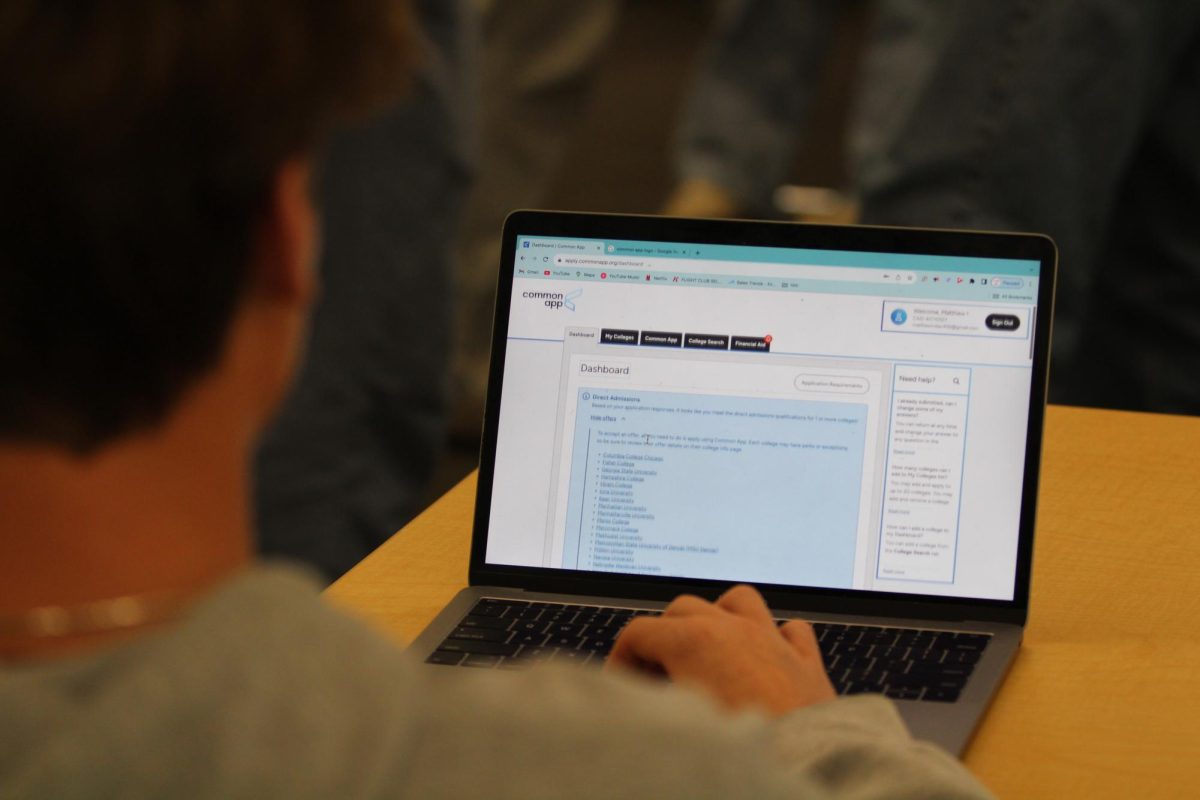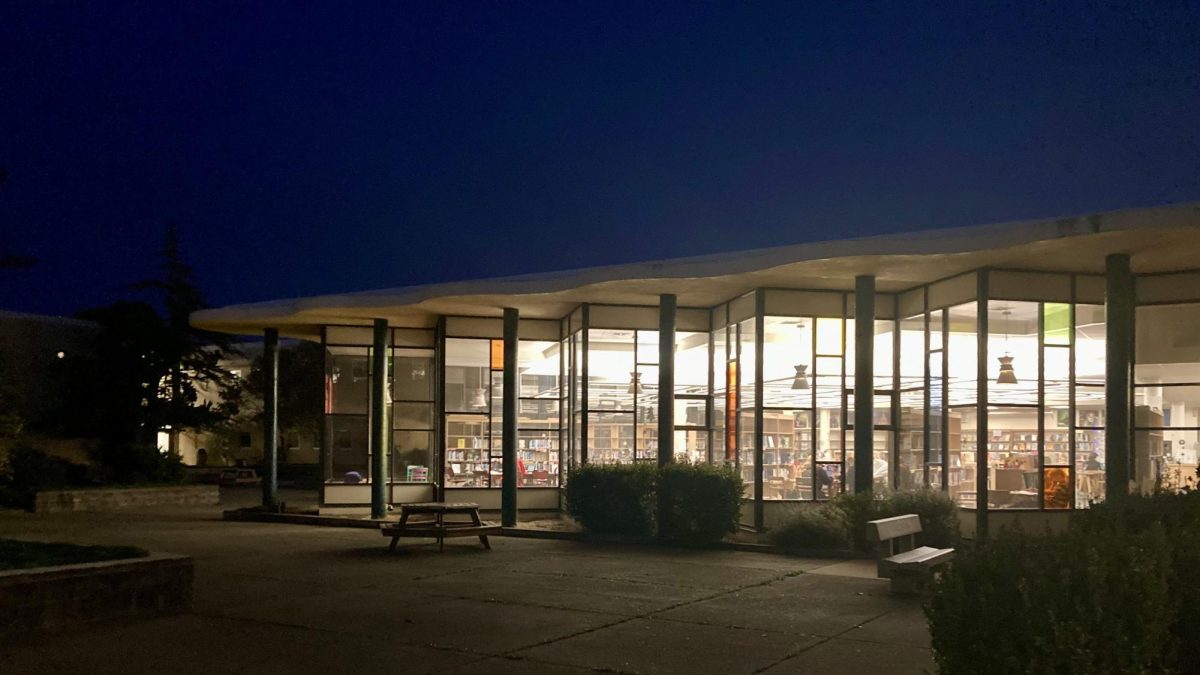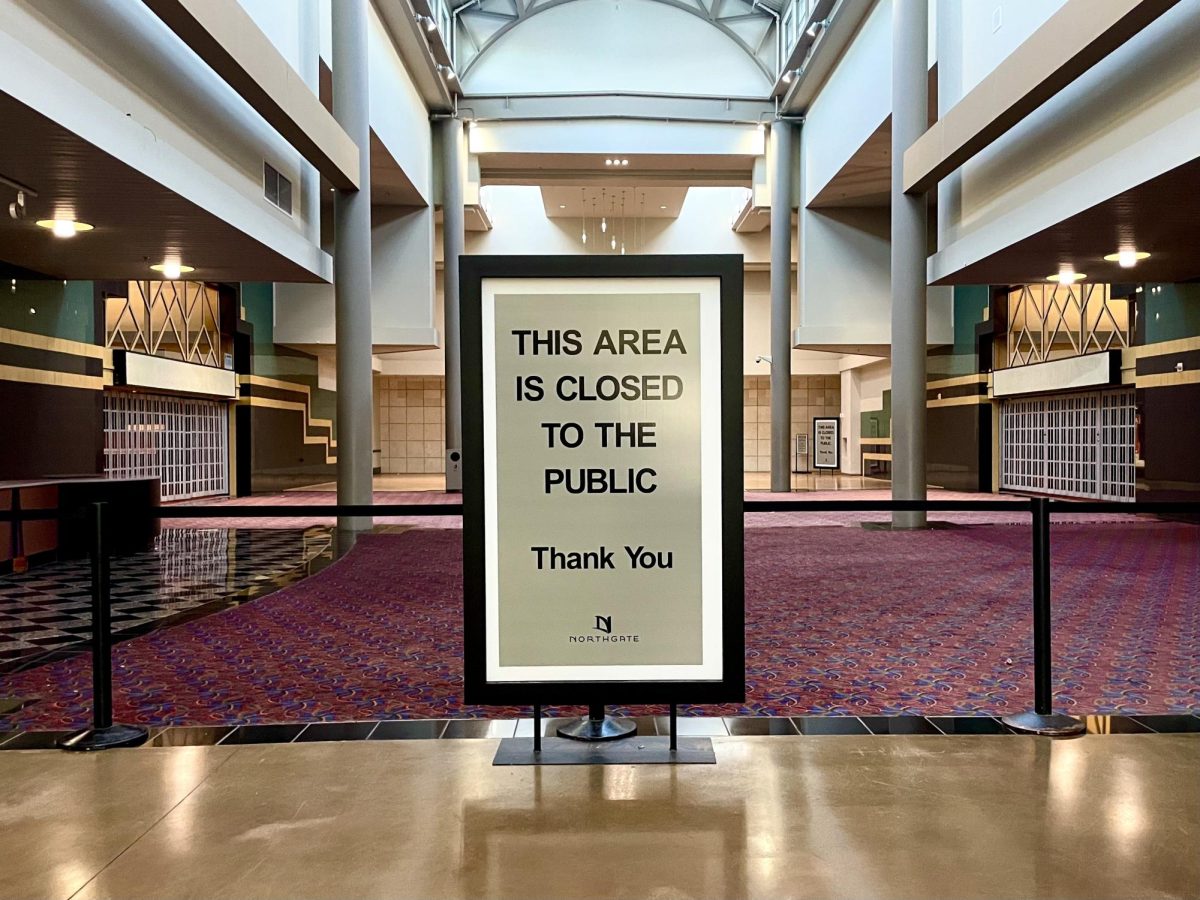Nearly 18 months after the district-wide technology proficiency requirement was eliminated a school board vote, a replacement is finally on the horizon.
Lynn Christofferson, a district teacher leader for the Applied Technology department, along with all of the other applied technology teachers in the district, have been working to craft a new graduation requirement with the hope of getting it approved by the District Board of Trustees this January.
“We would like to see this grad requirement approved soon, but we would like it to be done right,” Christofferson said. “We are about two-thirds of the way through.”
“We would ideally be able to implement [the courses] in the next school year,” Chrisofferson said.
Last May, a revamped district technology requirement was presented to the District Leadership Council, a body consisting of all the principals in the district and some district officials.
The proposal has three ways students can fulfill the requirement. Option one is to take a class in the Applied Tech Department. Options two and three involve the student completing a long term project, with option two requiring weekly meetings with a teacher and option three being completely independent.
David Goldsmith, an applied technology teacher at Redwood and member of the team putting together the new requirement, expressed his frustration at the lack of instruction given to teachers from the district while building the new standard.
“We never really got a clear sense of what the district is willing to accept, what they wanted from us,” Goldsmith said. “It was kind of like, throwing darts at dartboard. You are hoping you hit something and the district says ‘Ahh, we like that.’”
One of the few directions that the teachers were given was that the benchmark could not require seat time or in other words no class time could be required.
Options two and three were estimated to take around 70 hours of work according to Goldsmith, who also said the teachers made option two and three intentionally difficult in order to avoid the shortcuts that allowed students to easily meet the previous standard.
“The thing is what we wanted to avoid was what happened with the previous requirement where students could essentially spend two-and-a-half to three hours, take a test, and bypass everything,” Goldsmith said.
Goldsmith and Christofferson were both part of the group that worked on the project and presented to the board and then to the teacher leaders.
“We took the proposal we were working on and submitted it to the teacher leaders and leadership council and in the spirit of transparency asked them for feedback,” Christofferson said. “’What do you think of this?’ ‘What works?’ ‘What do you like about it?’ ‘What would you like to see changed, if anything?’ They responded to us.”
Goldsmith was not pleased with all the feedback they received from the teacher leaders.
“We were told that the first option, take a course, was fine,” Goldsmith said. “But that we would have to modify the other options. From my many years of experience year that meant that it had to be dumbed down.”
The teacher leaders said that the third option, the completely independent project, wouldn’t be feasible.
“It would have to be for someone who was really, really organized and someone who already had a project in progress of some complexity and didn’t need a lot of supervision,” Christofferson said. “But there were just so many aspects of it that wouldn’t work out.”
Goldsmith, however, expressed reluctance on modifying the proposal in any way in which he felt would reduce its quality.
“I was not willing, at least personally, to accept a proposal, a requirement that could be easily by-passed,” Goldsmith said. “In my mind, either the district is serious about tech and they have a proposal and it’s a good, strong one, or we don’t have one, which is apparently what we have now.”
The old requirement said that all students had to pass five tests—one for typing, one about computer hardware and one for each of the main Microsoft Office programs: Word, PowerPoint and Excel. This could be accomplished by taking a one-semester Introduction to Computers course or by passing the test outside of the school day.
Christofferson said the main reason for the suspension of the previous requirement was that it was simply out-of-date.
“I don’t think it any longer reflected a true requirement for the 21st. century,” Christofferson said. “And it was definitely time for a change; and a meaningfully change and that’s what we are trying to bring about.”





